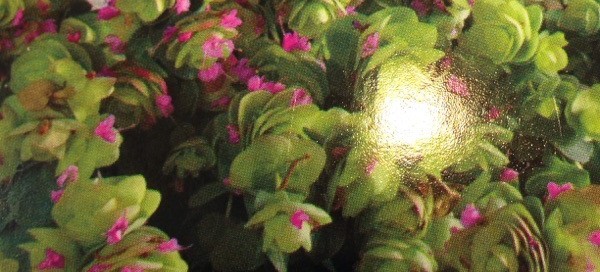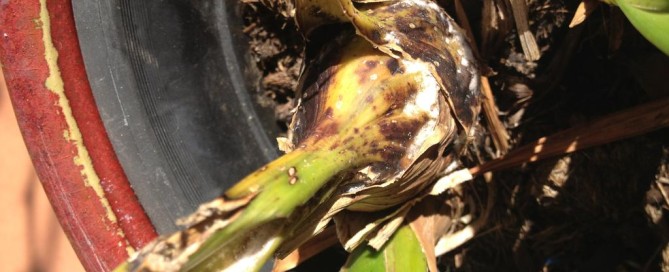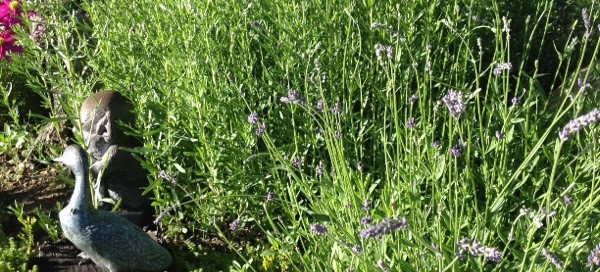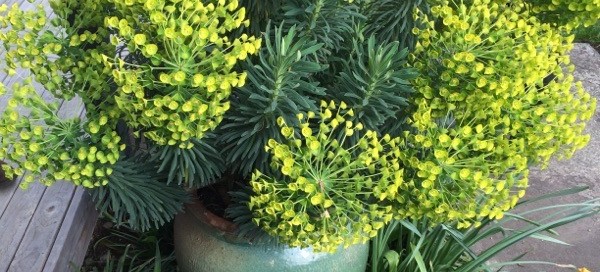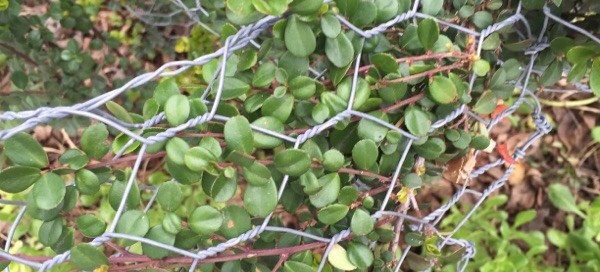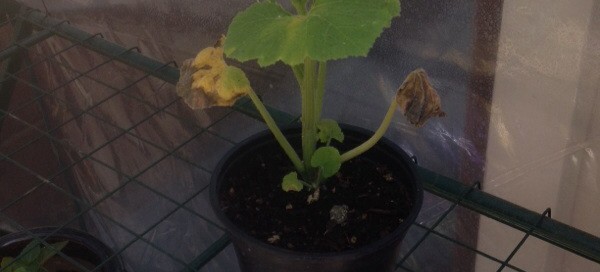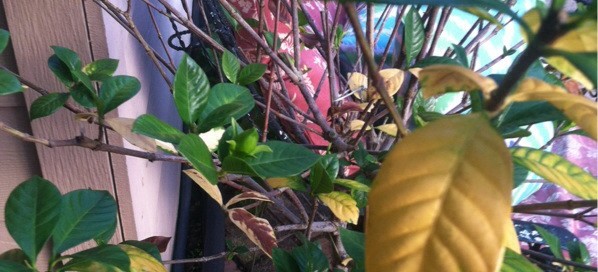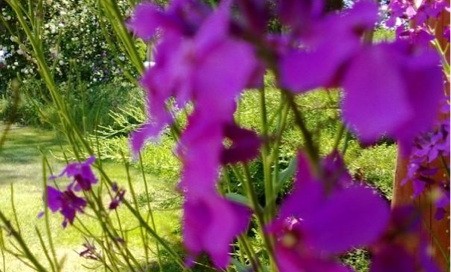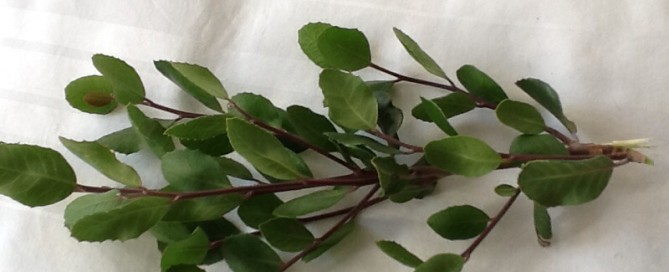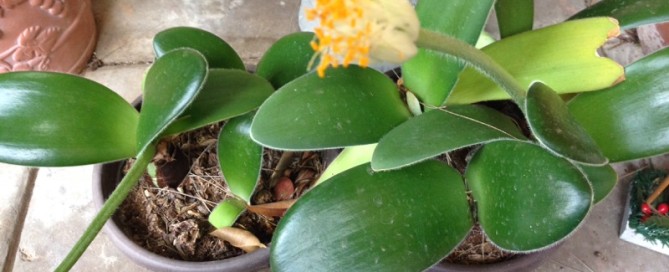Ornamental Oregano Round Leaf Oregano
Ornamental Oregano is a species of flowering plant in the family Lamiaceae, native to Turkey, Armenia and Georgia. It is a small woody-based perennial or subshrub growing 4"-12" tall by 12" wide, with aromatic leaves, and loose clusters of pink flowers with hop-like pale green bracts throughout the summer. This herb grows best in full to part sun with regular moisture the first year. It's fairly drought tolerant once established and prefers only minimal water during the winter. This is usually grown as an ornamental because the leaves don't have the typically strong flavor of most culinary oreganos. But it's beautiful with many different varieties displaying different colored bracts. It is a filler plant much loved and used by floral design professionals. Hardy in USDA Zones 7-10
